What’s With Red Meat?
Is red meat good or bad for you? These are the secrets meat producers keep!
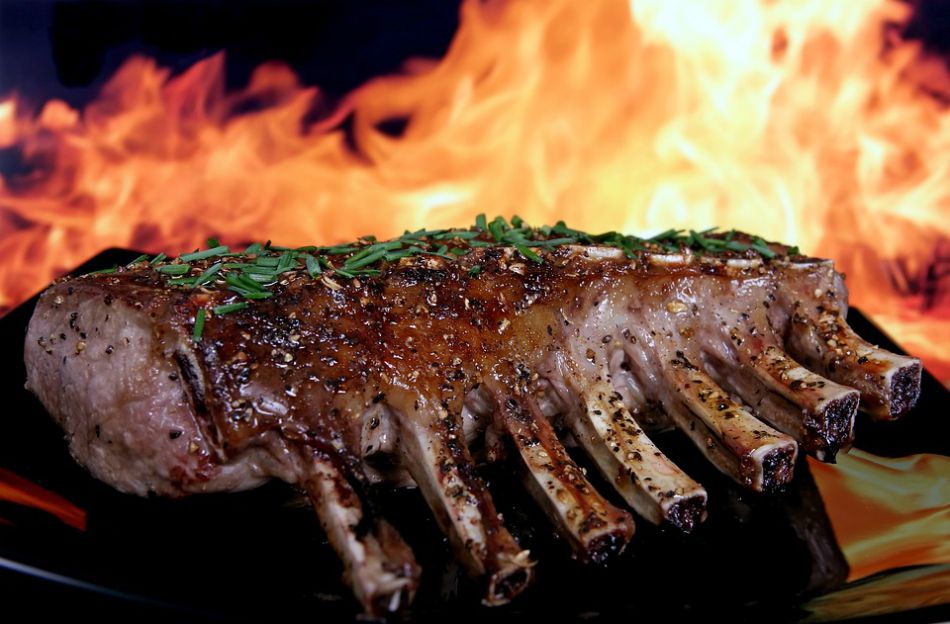
By Travis Wade
Red meat is flesh from a mammal that is red when it is raw. Examples include beef, lamb, venison, moose, elk, goat, and buffalo.
White meat, which contains less myoglobin (a red protein which binds to iron and stores oxygen in the blood), turns a lighter colour as you cook it. The most well-known examples of white meat are poultry and fish.
Four groups determine the classification of meats as white or red: the USDA, gastronomists, chefs, and nutritionists. It’s not surprising that these groups don’t always agree whether a type of meat fits into the red or white category. That’s why some meats – like pork, veal, duck, goose, rabbit, tuna, and salmon – are known as “pink.”
Is Red Meat Bad For You?
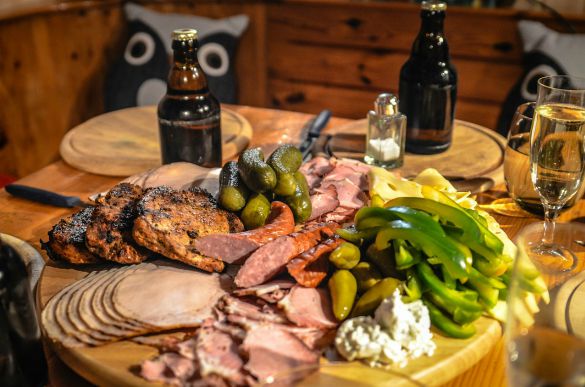
Vegans and vegetarians… Vegans do not eat meat or animal products. In contrast, vegetarians won’t eat animals, but they will eat products from animals like eggs or milk. Paleo dieters like meat, and obviously, the carnivore dieters love it. So, is red meat good or bad for you?
I don’t know what your local meat producers are up to because I have only interviewed a couple who qualify for that definition. Therefore, most of the information in this article has been gathered from articles written by research scientists. I would just say, be skeptical of all producers because, in big business or small, everyone wants to cut costs.
There are many reasons why red meat is unhealthy. Let me rephrase that. There are many reasons why commercially raised red meat is unhealthy.
According to Dr. Mark Hyman, every study indicating that red meat is bad for you has used commercially raised red meat. Let me tell you some of the main reasons why commercially raised meat is causing North Americans’ problems.
Glyphosate
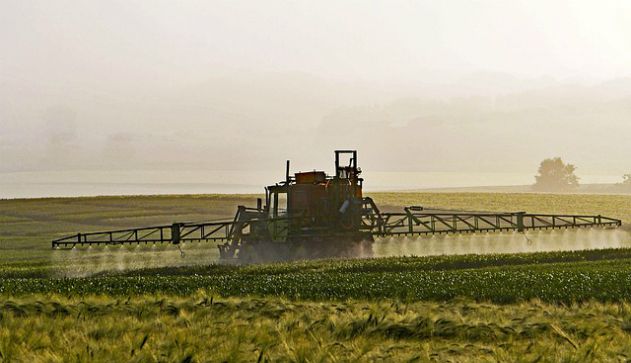
I’ll start with glyphosate because it has given me nightmares since I first learned about it, and I still believe it is the world’s greatest problem. Glyphosate was originally patented as an antibiotic. I will get back to antibiotics a little later, but keep in mind that glyphosate is an antibiotic. It actually kills everything not just bacteria.
Glyphosate is also an excellent chelator, which means it binds to minerals. If you sprayed glyphosate on something, it would bind to the minerals, and you could wipe them right off. Glyphosate does the same thing inside your body: it binds to your minerals, depleting your body of its much-needed nutrients.
Glyphosate breaks down the lining of your gut, allowing molecules much larger than usual to leak into the bloodstream. This is referred to as Leaky Gut Syndrome. While in the blood, it is your body’s natural defence to attack these larger molecules, which ultimately creates system-wide chronic inflammation.
When your body is chronically inflamed, and antigens are always floating around, the antigens and inflammation will damage your body. Antigens and inflammation are our body’s defence mechanism in emergency situations only. Our bodies can only handle inflammation in short bursts.
Antigens and inflammation attacking our own body is known as an autoimmune disease. A few common examples are Hashimoto’s Thyroiditis, Rheumatoid Arthritis, Restless Leg Syndrome, and psoriasis, but there are many others. Glyphosate has also been linked to many other diseases, evidenced by the numerous lawsuits against Monsanto.
Glyphosate is found in the product called Round-Up. Genetically modified grains sprayed with Round-Up are fed to commercially raised animals; therefore, glyphosate would be found in the commercially raised red meat you ingest.
Genetically Modified Organisms (GMOs)
That brings me to GMOs. Glyphosate and GMOs cause all kinds of diseases and present a massive problem for anyone looking to improve health and fitness. A complete discussion of GMOs is too extensive to add to this blog. I will be posting an article on the topic very soon, so check back shortly. However, to summarize, you don’t want your red meat to eat it!
Do the Red Meats You Consume Eat Grains?

I also mentioned grains. The grains animals are fed are GMO because they are cheaper. GMO grains will have glyphosate and mycotoxins. Even non-GMO grains often get sprayed with glyphosate because it ripens/kills them quicker. Mycotoxins are neurotoxins and the most potent carcinogens we know of.
Grains are fed to animals because it causes them to gain weight quickly. However, grains provide little or no nutrients and wash nutrients out of the animal. Grain fed animals will be low in nutrients and high in toxins.
Antibiotics
At one time, meat producers had no understanding of why antibiotics fattened up their animals; they just knew it worked. Today, we know how it works. The two main types of bacteria in the gut are called firmicutes and bacteriodetes. Firmicutes create fat storage, and bacteriodetes make animals skinny.
Bacteroidetes survive on antioxidants from healthy foods. Conversely, firmicutes survive on things like sugar and flour. When antibiotics are ingested, they kill off bacteriodetes allowing the firmicutes to take over. Remarkably, 80% of the antibiotics that get used are used on animals.
Estrogen
Another little trick meat producers use is a fugal estrogen called zeranol. Meat producers place zeranol in the ear of the animal. Estrogen causes the animal to retain fat. Studies show it takes 30% less feed to fatten up an animal on estrogen. It is important to note, zeranol is also a mycotoxin and is banned in Europe. North American meat is also banned in Europe.
On a side note, xenoestrogen is found in plastic, soy, and most lotions, paint, and beauty products. Xenoestrogens aren’t real estrogens, they just mimic estrogen in the body. Similarly, the estrogen in plants isn’t real estrogen either. Phytoestrogen is a plant estrogen, and it just acts like estrogen as well. It’s a plant’s protective mechanism in the same way some plants are poisonous.
Is Red Meat Good For You?
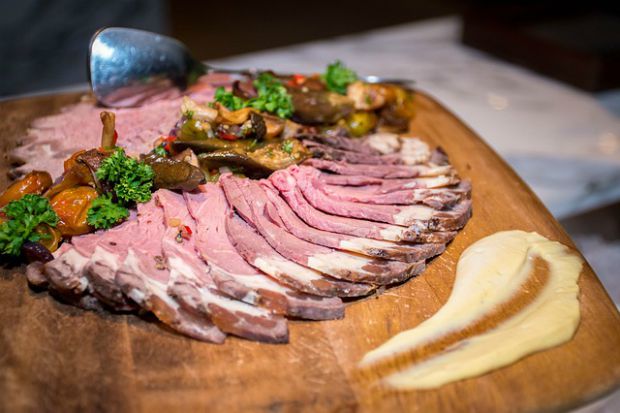
So, why bother eating red meat at all? Do vegans have it right? They are most definitely right about commercially raised red meat. It’s not a good idea to eat it due to all the above reasons not to mention the problems it causes the environment.
Also, we most likely need to get most of our food from plants (everyone is different). However, like I said before, the number one thing you are trying to accomplish with food is to get as much nutrients as possible. High-quality, grass-fed, grass-finished meat is loaded with nutrients. Wild meat is the best source.
Iron, zinc, ubiquinol, collagen, specific amino acids, creatine, carnosine, and Vitamin B12 are tough for vegans to get from their diet. A lack of these nutrients causes very significant consequences.
Iron
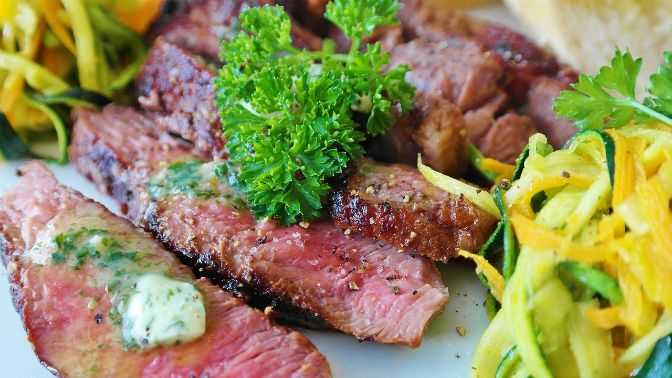
I always ask my clients a little trivia question: “Do you know what is in red meat that makes it red?”
They say, “Blood?”
“Yes, that’s correct. What’s in the blood that makes it red?” They say, “Hemoglobin?”
I say, “Yes, that’s correct. What’s in the hemoglobin that makes it red?”
They say, “I don’t know.”
The answer is iron. Iron is one of the top nutrient deficiencies in North America. Without iron, you don’t produce red blood cells. Red blood cells control your oxygen-carrying capacity, and when that goes down, the energy goes down. This causes many problems because all your systems use oxygen. I hope it’s obvious how important iron is.
Red Meat Is Also High in Zinc
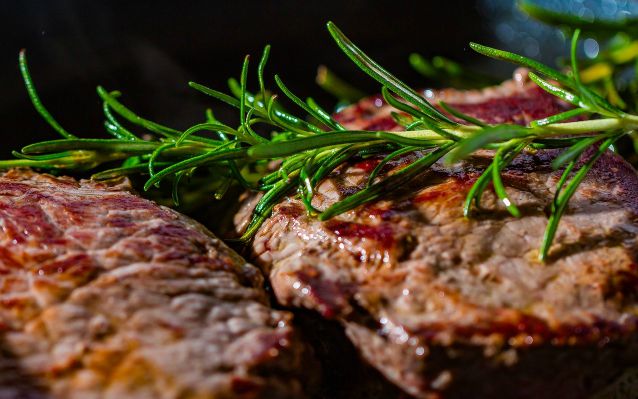
Got dry skin or dandruff? Do you know what the active ingredient is in dandruff shampoo? The answer is zinc – or zinc should be the answer. Without zinc, you will have dry skin and won’t build up your connective tissue. Your skin, bones, muscles, blood vessels, and gut lining are all connective tissues, to name a few. Red meat is one of the best sources of zinc.
Ubiquinol
Ubiquinol is the active ingredient in coenzyme-q-10. One of the main purposes of ubiquinol is to help with energy production in mitochondria and to clean up the by-products of energy production. Without ubiquinol, you will have less energy, and the by-products of energy production will damage cells. Red meat is an excellent source of ubiquinol.
Red Meat and Collagen

Collagen is a major concern these days, and animal products are the only source. Your connective tissue (skin, blood vessels, facia of the muscles, bones, and gut lining) are made up of collagen. How are you adding collagen to your diet?
Bone broth and red meat are full of collagen. Not only that, but zinc, magnesium, calcium, L-glutamine, proline, and glycine, required to heal and grow connective tissue, are all found in bone broth and red meat. Regretfully, Leaky Gut Syndrome is something we all must combat these days; and if you are not using bone broth, you will be losing the battle. Poultry bone broth in particular for the gut.
Your body will produce some collagen on its own but you’re helping your body out a ton if you add some. The L.A. Lakers basketball team uses bone broth as part of their regiment, and they have the least amount of injuries in the NBA. Inasmuch, Dr. Natsha Campbell McBride is a world leader in matters of the gut. She says meat and bone broth are not optional for gut health.
Vitamin B12
Vitamin B12 is the fifth leading nutrient deficiency in North America, and it is required for every system of the body. For example, vitamin B12 is necessary for energy production, blood formation, DNA synthesis, and support for your nervous and immune systems.
To keep it short, the following are symptoms of vitamin B12 deficiency: weakness, decreased energy, tingling in extremities, brain fog, memory problems, sleep problems, mood swings, and lack of motivation. Likewise, some of the diseases associated with vitamin B12 deficiency are depression, dementia, Alzheimer’s, cardiovascular disease, anemia, cancer, multiple sclerosis, and brain damage. Eat red meat to get vitamin B12.
High-Quality Grass-Finished Red Meat
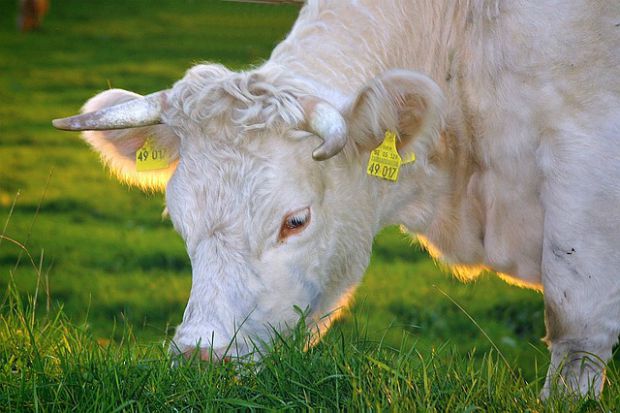
Some of the above nutrients are found in plants but at a much lower concentration than you would find in grass-finished red meat. It would take a lot of food to get all the nutrients you could get from a small piece of meat, and some of those plant products are much more harmful than beneficial. Bread comes to mind.
In conclusion, high-quality grass-finished meat is a staple to a healthy diet, which will provide the proper levels of the above nutrients in a reasonable portion of food. Conversely, a lack of high-quality grass-finished meat will lead to all kinds of health issues.
I have personally seen some of my own clients that suffered from issues get better. One had allergy-like symptoms and syncope (fainting). She had been a vegetarian her whole life and, after addressing nutrient deficiencies and introducing goat meat to her diet, her symptoms went away. She’s doing great now! This is a prevalent story that I have heard from many health care practitioners.
The following are a few good sources for grass-fed, hormone-, antibiotic-, glyphosate-free, and non-grain-fed meats:
- Sunworks Farm
- EarthWorks Farms
- Hoven Farms
- EAT Food for Life Canada
- Muriel Creek Cattle Co
- Top Grass Beef
- T.K. Ranch
- The Grazed Right
- Bar P Ranch
- Trail’s End Ranch
- Rafter 2 R Ranch
- Pura Vida Farm
These are all grass-fed beef farms located in Alberta. If you aren’t from Alberta, you can go to eatwild.com to find a Canadian farmer close to you who provides quality grass-fed red meat with none of the hormones, antibiotics, or grains.
Want To Get Started On A New Lifstyle Right Away?
Or
Would You Like A Plan To Achieve Your Fitness Goals?
Sign Up For Online Personal Training!

